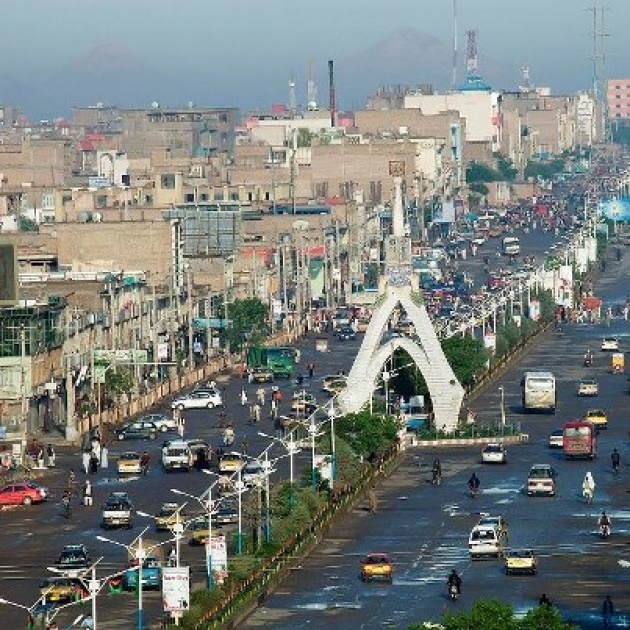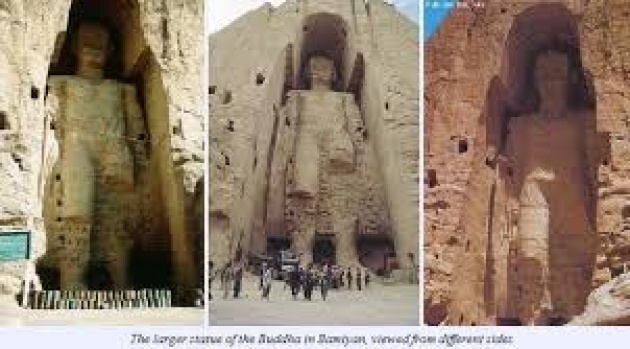The diversity of Afghanistan culture is a unique asset which makes this country to some extend an exotic area and subject to lots of research studies and tourists most-want historical attractions. More recently lots of philosophers and researchers have come to the field searching traces of their historical studies so that they can get a tangible sense of their historical and cultural ideas which more often are written down but hardly can be found out there as a result of wars, rebuilding or other violent factors. From traditional customs of greetings to mass-gatherings of each part of this land are a lot to be wondered at, as each province and even district has its own exclusive customs that are in harmony to a larger background supporting the whole Afghan’s rich and unique culture. These traditions and customs are somehow related to its own history and/or to neighboring countries which again 3 to 4 neighbors in retrospect are rooted to a whole common background and territory, as once all of them were one empire and now separated to many specific area’s with different names. One can easily find same cultural principles in different neighboring countries surrounding Afghanistan. For example the accent and greeting of Heratis are more similar to Iranian ways of behavior and likewise Qandaharis to Pakistani. To have more idea of Afghanistan Culture it’s better to have an overview on their varieties of customs in different regions.

Let me begin by Herat Province, located in south western part of Afghanistan, famous for the land of scholars and of course is an ancient city with many monuments like The Castle of Ekhtiaradin, The Minarets, The Public Mosque, Wazir Sweeming pool, and many more. The people of Herat speak mainly Dari and are quite religious but in favor of education and prosperity. They honor sending their daughters to education institutes of course with Hijab, and their sons either go to schools or work with parents. Men greet each other by shaking hands, hugs and saying Aslam Alikom (Hail to you my friend). Women greet either by a slight bow or kiss in the cheek. One may not enter the room or mosque with shoes on and before entering a Harim or one’s private place you are supposed to utter a loud sound like Ohhho or say Yallah loudly. Men do the outer chores and women in door’s, they have a mass gathering specially on Fridays and do mass prayer all together; in some areas women do the same separately in another mosque nearby. Each year has many special days’ occasions which are off like 2 or 3 Eids (Eves), Ramadan Eid, Qurban Aid, New Year Aid in which different activities and celebrations are performed and held.

Bamiyan another province has a lot to talk about from its historical places to rich cultural traditions. People are mainly from Hazara race, very hospitable and close to nature and are famous for a national game by the name of Boz Kashi. “The Cultural Landscape and Archaeological Remains of the Bamiyan Valley represent the artistic and religious developments which from the 1st to the 13th centuries characterised ancient Bactria, integrating various cultural influences into the Gandharan school of Buddhist art. The numerous Buddhist monastic ensembles and sanctuaries, as well as fortified structures from the Islamic period, testify to the interchange of Indian, Hellenistic, Roman, Sasanian and Islamic influences. The site is also testimony to recurring reactions to iconic art, the most recent being the internationally condemned deliberate destruction of the two standing Buddha statues in March 2001” (retrieved on March 5, 2013).




